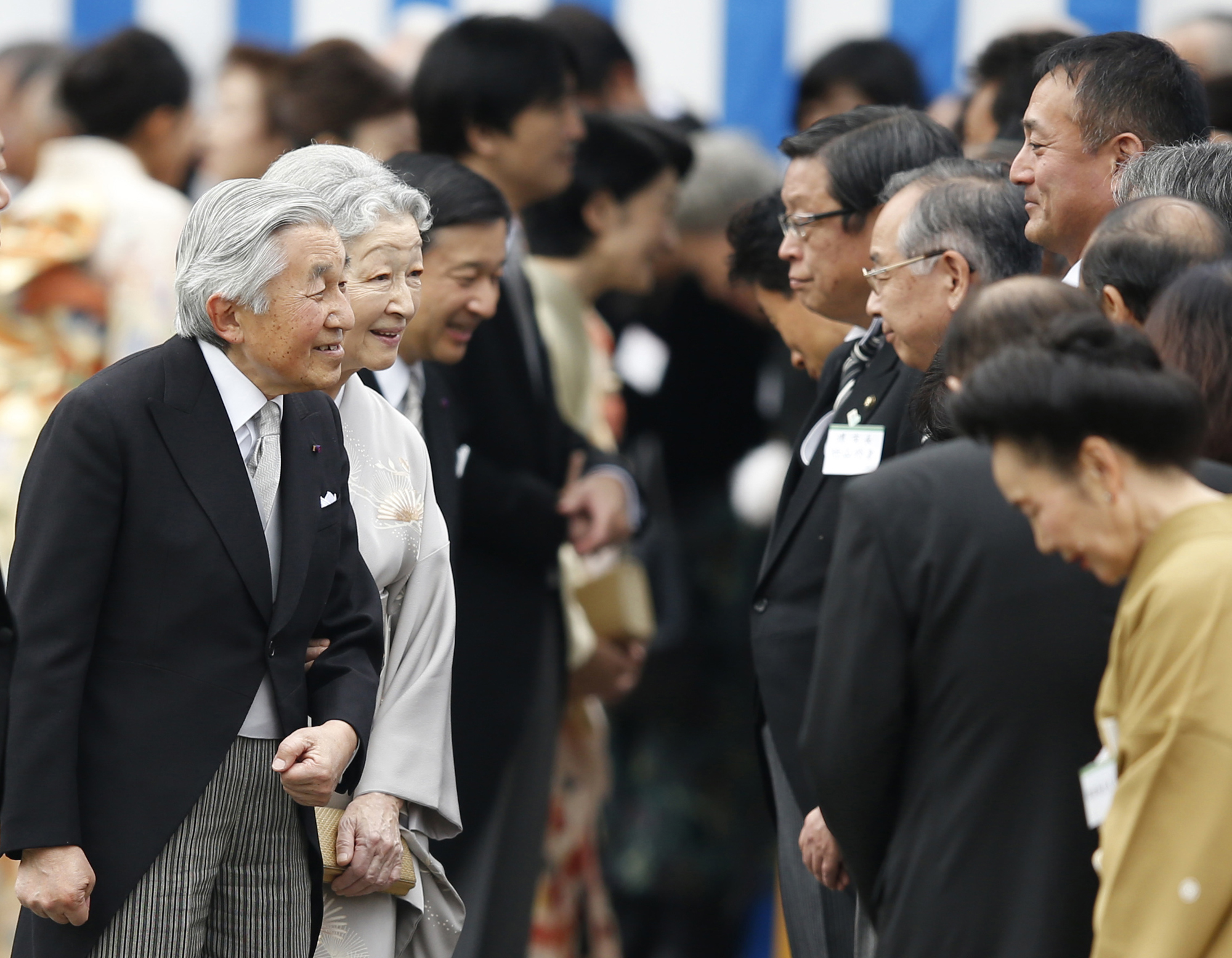Among the hundreds of recent articles about the impending end of the Heisei Era was one Asahi Shimbun opinion piece by Yukiya Chikashige, who has covered the Imperial family for the past 30 years. He wrote that women's weekly magazines invented the modern image of the Emperor and Empress starting in 1958, when the publication he works for, Josei Jishin, was launched during the "Michiko boom."
It would be a year before Michiko Shoda became the first commoner to marry a future emperor and, initially, says Chikashige, Josei Jishin didn't devote many column inches to her. However, sales of the fledgling magazine were poor, so the editors decided to devote substantial resources to the Empress. Circulation subsequently increased and other women's weeklies followed suit.
What was different about the weeklies’ coverage was their focus on the private lives of the Empress and the Imperial family, purposely avoiding matters such as religion and the ideology of the Imperial system. They concentrated on how the Empress raised her children and spent her leisure time. The consequence of this kind of coverage was to make Empress Michiko and Emperor Akihito representative of the ideal postwar lifestyle, which was much more Western than what the average Japanese person was familiar with. Previously, the Imperial family was an object of reverence and mystery. It was now an aspirational archetype.



















With your current subscription plan you can comment on stories. However, before writing your first comment, please create a display name in the Profile section of your subscriber account page.